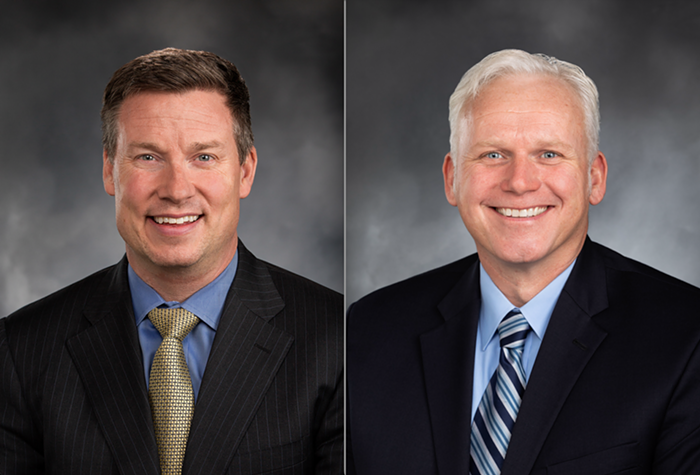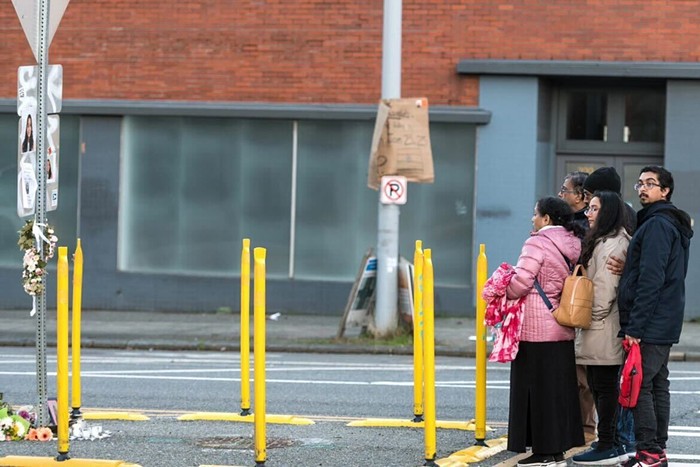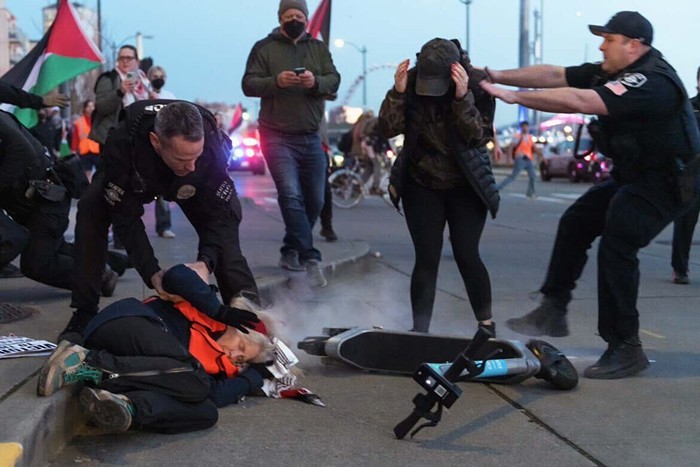
Ansel mentioned it in Morning News yesterday, but the Sightline Institute's new study about local campaign funding is really something, so let's dig into it a little more.
Sightline is one of the main backers of a new plan to create public campaign financing in Seattle, and released the new study attempting to prove the stranglehold big money has on local politics. Sightline is supporting Honest Elections Seattle's Initiative 122, which would lower campaign contribution limits and create a voucher system that gives every Seattle voter $100 to donate to city candidates. The city council voted last week to forward the initiative on to the ballot, so you'll be voting on it in November. (Sightline has donated about $5,300 in time and expenses researching and advocating for the initiative.)
The new report, which the Seattle Times first reported on Tuesday night, shows that in 2013 just 1.5 percent of adults in the city donated money to campaigns and half of that money came from a tiny fraction (0.3 percent) of all adults in the city. And who are those adults cutting checks to political campaigns? As Sightline puts it, "rich, white people who live in Seattle’s waterfront and view homes."
From the report:
The city’s most-giving neighborhoods (dubbed “Big Money Zones” in this report) hold just 4 percent of the population, but they gave as much political money as the least-giving neighborhoods (dubbed “Micro Money Zones”) that house 64 percent of the city. Per person, the Big Money Zones gave more than 18 times as much as the Micro Money Zones.
Furthermore, the Big Money Zones are the city’s most privileged. Compared with Micro Money Zones, Big Money Zones are 31 percent whiter and 85 percent richer. Homes in Big Money Zones are two-and-a-half times pricier and four-and-a-half times more likely to have a mountain or water view.
This map shows every address in Seattle where someone gave money during the 2013 election. You can already begin to see the parts of the city that most influence our elections.

Factor in how much is given and you get this heat map showing the parts of the city giving the most, particularly downtown and that stretch from Queen Anne to Madison Park:

This shows the overlap of how much money is given with household incomes of more than $110,000:

This one shows the view homes:

And this one is the overlap of money given with white neighborhoods:

One more look at what that means. Just 4 percent of Seattleites give 21 percent of campaign contributions in the city:

Sure, it's no surprise that people with more money are more likely to donate to political campaigns. But what's important is that the relationship is circular. If you have the ability to donate money to candidates, you feel more invested in the process. You'll probably be more involved and more likely to vote. Plus, if you have money to give, candidates want to meet you, ring your doorbell, pass legislation you like, and so on. Not only does money talk in terms of campaign signs and TV ads, but it can directly affect who's involved in our political process at all.
With a voucher system, the thinking goes, the scope of who's involved would expand to more socioeconomic groups and more parts of town. Yes, the rich will continue to donate, but everyone will have the same base buying power. If we all have $100 and candidates want our $100, proponents of the plan argue, they'll have to engage us in the process just like they do with the wealthy.
"Vouchers will make the Micro Money and Little Money Zones fruitful fundraising territory for the first time," Alan Durning, Sightline's executive director and author of the report writes.
The report's final map shows an estimate of what campaign donations might have been like if the voucher system had existed in 2013.

"No part of the city remains in the Micro Money Zones," Durning writes. "There is a new floor of political participation citywide, and the Big Money and Middle Money Zones both shrink. That’s what Honest Elections Seattle might do to the political map of Seattle: spread participation from the rich, white, expensive neighborhoods with view homes to the whole city."
This post has been updated.


















